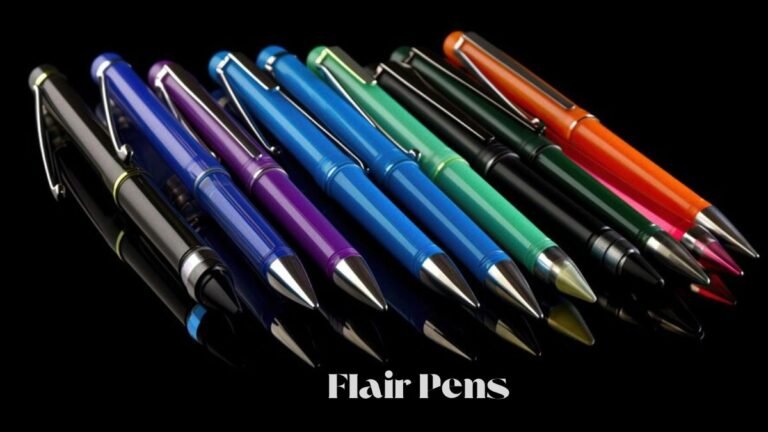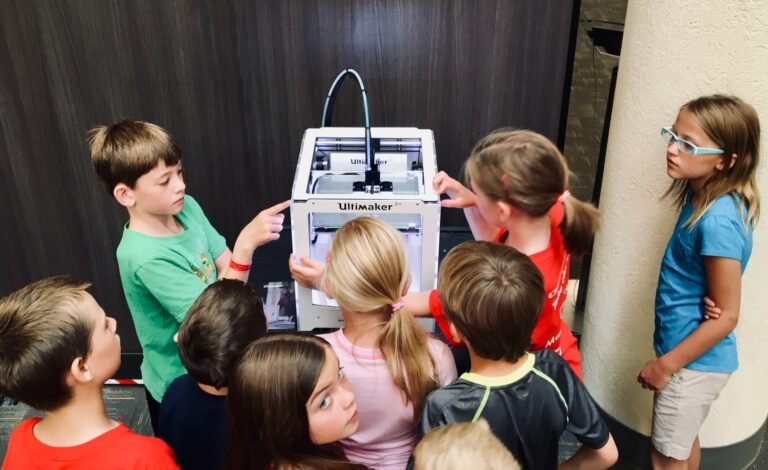Crafting Quality Sleep: Nursery Cribs for Tiny Sleepers
A nursery crib is more than just a piece of furniture; it’s where the little ones will spend a significant portion of their early years. Crafting quality sleep for your tiny sleeper is paramount, and selecting the right nursery crib is pivotal in ensuring a safe and comfortable sleep environment. This article explores the essential aspects of preschool cribs, from safety standards to design considerations, to help you make an informed choice for your child’s peaceful slumber.
Safety First: Meeting Standards
When it comes to preschool cribs, safety is non-negotiable. Manufacturers adhere to strict safety standards to ensure the well-being of your child. These standards encompass various aspects, including crib slat spacing, mattress fit, and structural stability.
Crib Slat Spacing: One of the primary safety concerns in a nursery crib is the space between the slats. To prevent the risk of a child’s head getting stuck between the slats, the spacing should be no more than 2.375 inches apart.
Mattress Fit: A snug mattress fit is vital to avoid gaps between the mattress and the crib’s sides. Ensure that the mattress fits tightly to prevent your baby from getting trapped.
Structural Stability: Stability is key to a safe nursery crib. Check for the sturdy construction and high-quality materials that can withstand the test of time.
Design Considerations: Form Meets Function
While safety is paramount, the design of a nursery crib also matters. Your choice should harmonize with the nursery’s décor and provide practical features for convenience.
Convertible Cribs: Consider a convertible crib that can transform into a toddler or even a full-sized bed as your child grows. This versatility can save money in the long run. Convertible cribs offer an economically sound investment by adapting to your child’s changing needs, eliminating the necessity of purchasing additional beds as they grow. This seamless transition from crib to toddler bed, and eventually to a full-sized bed, ensures prolonged utility and value from a single piece of furniture. Moreover, it provides a familiar sleeping environment, aiding in your child’s comfort and sleep routine. Convertible cribs embody a practical choice for parents mindful of both their budget and their child’s comfort.
Adjustable Mattress Heights:In your quest for the ideal nursery crib, it’s essential to seek cribs with adjustable mattress heights. As the baby grows and becomes even more mobile, lowering the mattress can prevent them from climbing out, mitigating potential safety concerns. This feature provides adaptability to accommodate your child’s developmental milestones, ensuring a secure sleep environment at every stage. By choosing a crib with this practical feature, you not only prioritize safety but also contribute to the overall functionality and longevity of the crib, making it a valuable investment for your child’s early years.
Style and Aesthetics: Nursery cribs come in a diverse array of styles, spanning the spectrum from timeless traditional designs to sleek and contemporary ones. It’s essential to select a crib that seamlessly aligns with the overall theme and ambiance of the nursery.
For a classic, timeless feel, opt for a traditional crib with elegant curves and intricate detailing. These cribs exude warmth and charm, making them an excellent choice for nurseries with a vintage or rustic aesthetic.
On the other hand, if your nursery boasts a modern and minimalist ambiance, consider a crib with clean lines, smooth finishes, and understated sophistication. These cribs blend seamlessly with contemporary decor, creating a harmonious and stylish space for your little one.
In essence, choosing the right crib style elevates the nursery’s atmosphere, ensuring it’s not only a safe haven but also a visually pleasing and cohesive environment for your child.
Material Matters: Wood vs. Metal
Nursery cribs are typically constructed from either wood or metal. Each material has its advantages, so consider your preferences and needs.
Wooden Cribs: Wooden cribs are timeless and offer a warm and inviting feel to the nursery. They are often available in a range of finishes to match your decor.
Metal Cribs: Metal cribs are durable and easy to clean. They are an excellent choice if you prioritize functionality and minimalistic design.
Budget-Friendly Options: Affordable Nursery Cribs
Crafting quality sleep for your baby doesn’t have to break the bank. There are affordable nursery cribs that meet safety standards and offer comfort.
Second Hand Cribs: If you’re on a tight budget, consider purchasing a secondhand crib from a trusted source. Just ensure it meets current safety standards and has yet to be recalled.
Simplicity Can Save: Some basic crib models come at a lower price point. While they may lack fancy features, they can provide a safe and comfortable sleeping space.
Maintaining Your Nursery Crib
Preserving the quality and safety of your nursery crib requires regular maintenance.
Cleaning: Keep the crib clean by wiping it down regularly. Use a damp cloth to remove dust and grime.
Inspecting: Routinely inspect the crib for loose screws, damaged parts, or chipped paint. Address any issues promptly to ensure ongoing safety.
Conclusion: Crafted for Comfort
In the journey of parenthood, crafting quality sleep for your tiny sleeper is a significant undertaking. The nursery crib you choose plays a pivotal role in this endeavor. Prioritize safety, consider design elements, and select the material that suits your preferences and budget.
Remember that a well-crafted nursery crib provides a secure sleeping environment and contributes to the overall aesthetics of your baby’s nursery. By making an informed choice, one can create a cozy and inviting space where your little one can rest peacefully and grow confidently.







